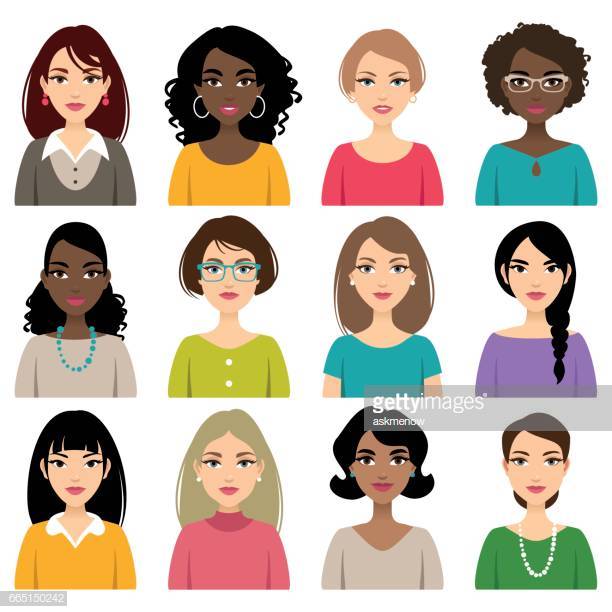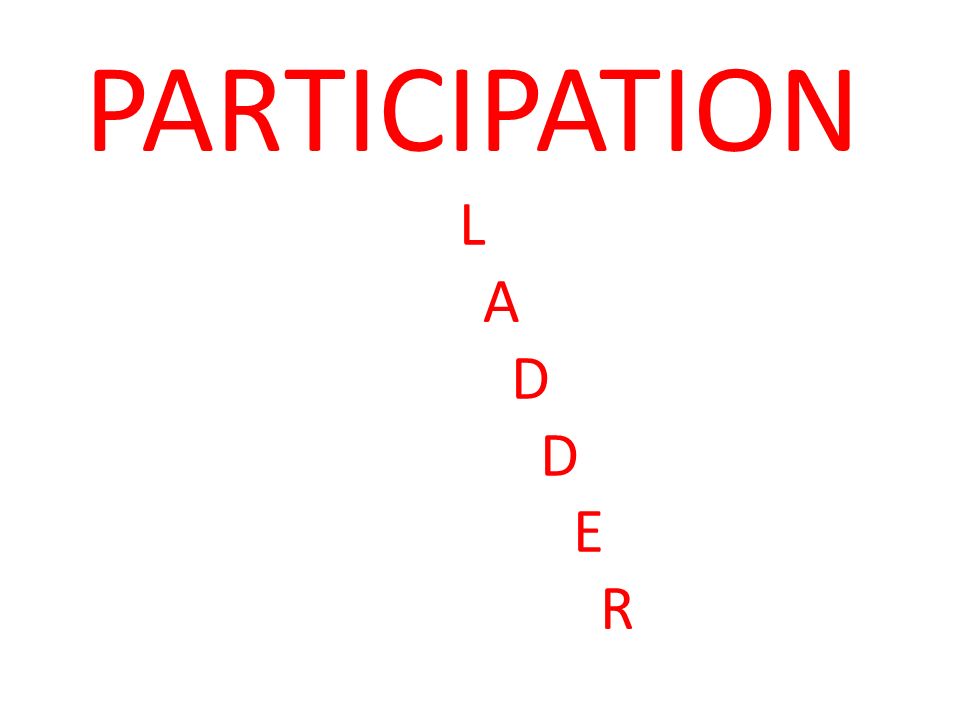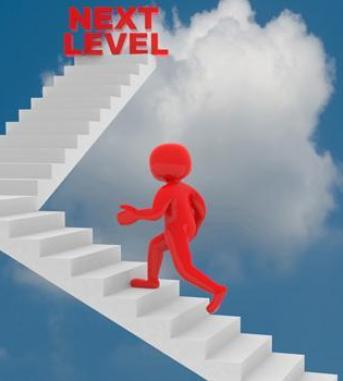
We want our organisation to thrive. We want new members, young members to carry on the mantle to achieve gender equality.

What are we doing to “educate, empower and enable” young women to take up the cause of human rights and gender equality? The words from our Soroptimist Mission to “transform the lives and status of women and girls through education, empowerment and enabling opportunities” applies equally to programme of service participants and membership.
My club participated in a trial to have senior secondary school aged members. I was fortunate that I worked in the local high school and could approach senior girls who had an interest. Five girls were interested. They joined the club in year 1 of the trial. They then went off to university. In the second year of the trial we had 4 secondary school members. This equated to more than 20% increase in membership.

What would our international organisation look like if we had a 20% increase? How much stronger would our voice be if we had greater numbers and the voices of young women?
I thought our student members would want to meet with each other at school of conduct their conversations through social media and run projects of their own. I was wrong. They wanted to be full members of our club, attend club meetings and work with the older members. ( Our members ages ranged from mid 40s to 80: the girls were 16 – 18)

The reason they wanted to join was to belong to a global organisation; one that had General Consultative Status at the United Nations. They wanted to join because they would have full membership and be sisters with 73000 like minded Soroptimists worldwide. They wanted to belong to something a lot bigger than them that was doing incredible work for women and girls. They wanted to belong and to contribute.
It caused me to pause and consider what did they want as opposed to what we thought they would want. When I read about Roger Hart’s Ladder of Participation it made sense to me. I saw that it also applied to our project work – what kind of participation do we share with women who are involved: Are they beneficiaries or partners? What rung of the ladder do we operate on for our project work?

“Nothing about us without us” is our mantra on the world stage. It should apply to all we work with.
Ladder of Participation
Sociologist Roger Hart wrote a book: The Theory And Practice Of Involving Young Citizens In Community Development And Environmental Care for UNICEF in 1997.. The “Ladder of Youth Participation,” is one of many significant tools from the book.

The higher the rung on the ladder the greater the participation.
Rung 8: Young people-initiated, shared decisions with adults . The maximum participation occurs when projects or programs are initiated by young people and decision-making is shared between young people and adults. These projects empower young people while at the same time enabling them to access and learn from the life experience and expertise of adults.
Rung 7: Young people-initiated and directed. This step is when young people initiate and direct a project or program. Adults are involved only in a supportive role.
Rung 6: Adult-initiated, shared decisions with young people. Occurs when projects or programs are initiated by adults but the decision-making is shared with the young people.
Rung 5: Consulted and informed. This happens when young people give advice on projects or programs designed and run by adults. The young people are informed about how their input will be used and the outcomes of the decisions made by adults.
Rung 4: Assigned but informed. This is where young people are assigned a specific role and informed about how and why they are being involved.
Rung 3: Tokenism. When young people appear to be given a voice, but in fact have little or no choice about what they do or how they participate.
Rung 2: Decoration. This happens when young people are used to help or “bolster” a cause in a relatively indirect way, although adults do not pretend that the cause is inspired by young people.
Rung 1: Manipulation. This happens where adults use young people to support causes and pretend that the causes are inspired by young people.

Which rung are we working on – and what do we do to move up the ladder?

This is brilliant, Yvonne. And the ladder concept is so obvious really, isn’t it? Love how the author portrayed this. Thanks xox
LikeLike
this is one of your most inspiring blogs forme. I’m going to translate it into french and send it to our national board.
LikeLiked by 1 person
Thank you Yvonne – as always thought provoking and enlightening. I’m planning on collecting them all together and circulating them to club members.
LikeLike
Thank you! It’s great news that we have a role to work with young people and that we do it best when they lead.
LikeLike